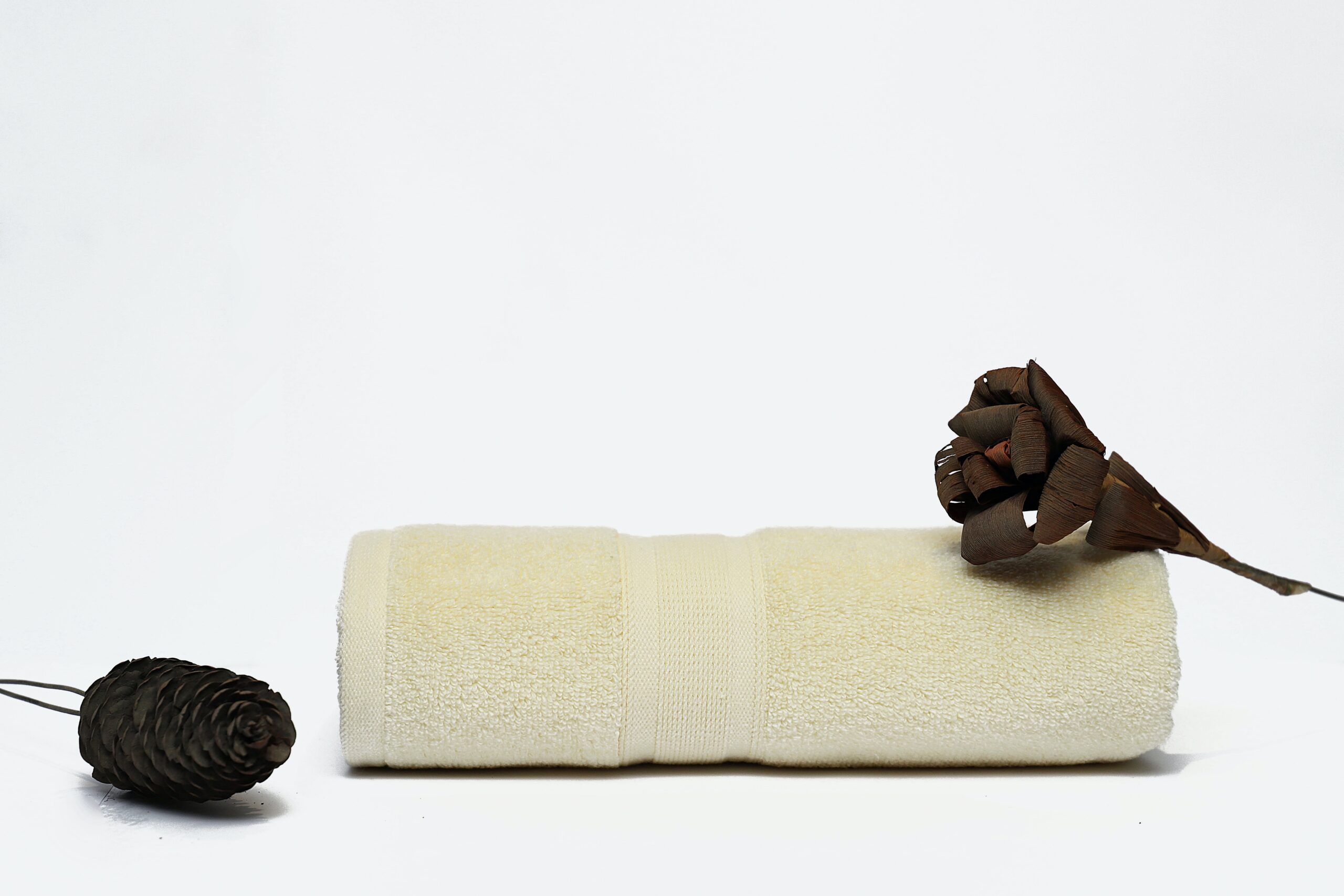Ugadi Festival Prasadam Recipe Easy Cooking Procedure Items
Know the details about the Ugadi Festival Prasadam Recipe Easy Cooking Procedure Items, Ugadi Festival Prasadam Recipe Cooking Procedure
Celebrate Ugadi with Traditional Prasadam Recipes
Ugadi, the festival marking the beginning of a new year in parts of South India, is celebrated with great enthusiasm and an array of traditional foods that are both symbolic and delectable. Central to the celebrations is the preparation of Ugadi prasadam, offerings made to the deities, which are later shared among family and friends. This blog post explores the iconic Ugadi Pachadi, along with other festive delicacies, providing you with everything you need to know to prepare these at home.
Ugadi Festival Prasadam Recipe Easy Cooking Procedure Items
Ugadi Pachadi: A Taste of Life’s Essence
Ingredients Required
- Tamarind: 1 teaspoon, soaked in ¼ cup water
- Raw green mango: ½ cup, finely chopped
- Jaggery: ¼ cup, grated
- Neem flowers: 1 tablespoon
- Coconut: 2 tablespoons, freshly grated
- Salt: to taste
- Pepper powder: ½ teaspoon
Nutritional Information
This unique dish combines ingredients that each represent different aspects of life, from bitterness to sweetness. It’s rich in vitamins A and C, thanks to the raw mango, and the jaggery provides a good source of iron.
Preparation and Cooking Time
- Preparation time: 1 hour (includes soaking time for tamarind)
- No cooking required
Cooking Procedure Overview
Ugadi Pachadi is a no-cook recipe that involves mixing tamarind extract with finely chopped raw mango, jaggery, neem flowers, coconut, salt, and pepper powder to create a harmonious blend of flavors.
Detailed Cooking Procedure
- Soak the tamarind in water for about 40 minutes to 1 hour. Squeeze out the pulp and strain to get tamarind water.
- To the tamarind water, add the grated jaggery and stir until completely dissolved.
- Add the finely chopped mango, neem flowers, grated coconut, salt, and pepper powder to the tamarind-jaggery mixture. Mix well.
- Let it sit for a few minutes to allow the flavors to meld together before serving.
Tips
- Adjust the quantity of jaggery based on your preference for sweetness.
- Ensure the mango is finely chopped for a pleasant texture.
Serving Procedure and Decoration Ideas
Serve Ugadi Pachadi in small earthen bowls or banana leaves for an authentic touch. Garnish with a sprig of neem or a few mango pieces for decoration.
Other Festive Delicacies
1. Poornam Boorelu
These are deep-fried sweet dumplings with a filling of chana dal and jaggery, encased in a batter of rice flour. They’re a festive favorite, combining the richness of jaggery with the subtle flavors of cardamom.
2. Pulihora
This tangy rice dish is flavored with tamarind, turmeric, and a tempering of mustard seeds, chilies, and curry leaves. It’s a perfect balance of sourness and spice, making it a must-have on the Ugadi menu.
Things to Know
- Start preparations early to ensure you have ample time to soak ingredients like tamarind and chana dal.
- Fresh ingredients are key to achieving the best taste and nutritional value.
FAQ
Can I use store-bought tamarind paste?
Yes, store-bought tamarind paste can be used as a convenient alternative to soaking tamarind. Adjust the quantity according to taste.
How can I ensure my Poornam Boorelu doesn’t break while frying?
Make sure the filling is not too moist, and the batter coats the dumplings evenly. Fry on medium heat to cook them thoroughly without breaking.
Is there a quick version of Pulihora for unexpected guests?
For a quicker version, consider using pre-cooked rice and a ready-made pulihora mix, available in Indian grocery stores, to save on preparation time.
Celebrating Ugadi with these traditional prasadam recipes brings not only joy and festivity to your home but also allows you to partake in the rich cultural heritage of Andhra Pradesh. Whether you’re preparing the symbolic Ugadi Pachadi or the beloved Poornam Boorelu and Pulihora, these dishes are sure to add flavor and fervor to your celebrations. Happy Ugadi!
Ugadi Pachadi Without Mango Easy Cooking Procedure Tradition


